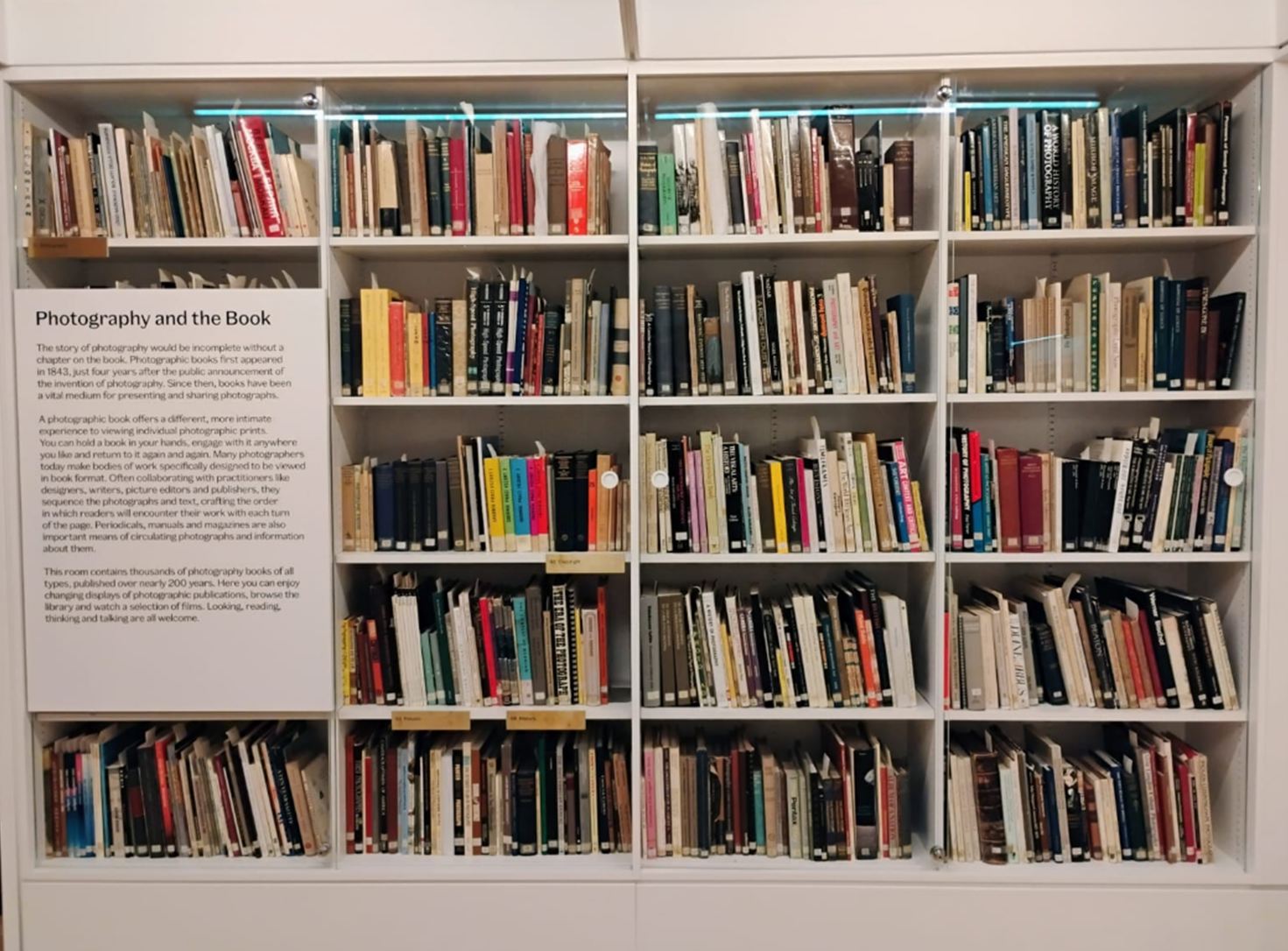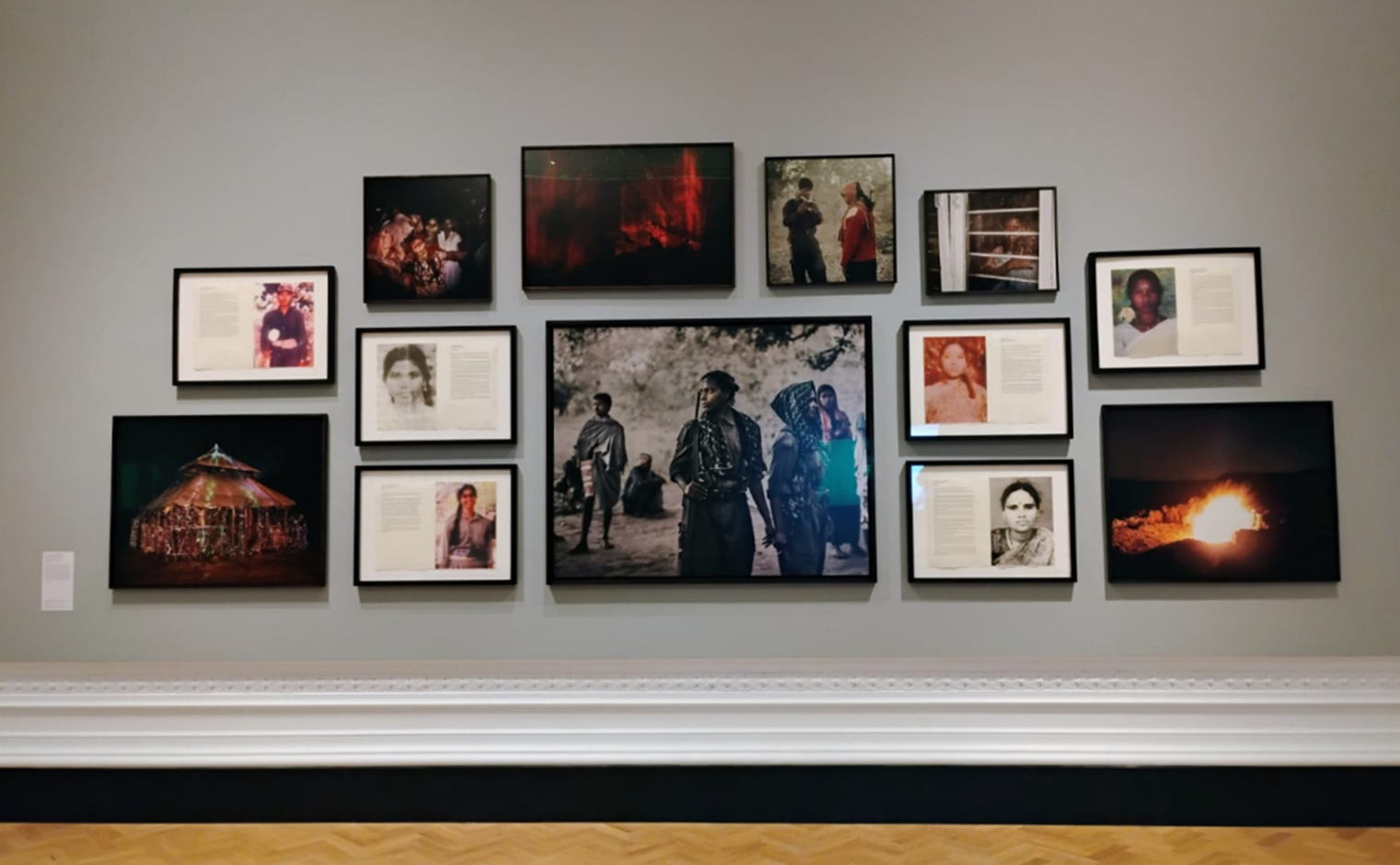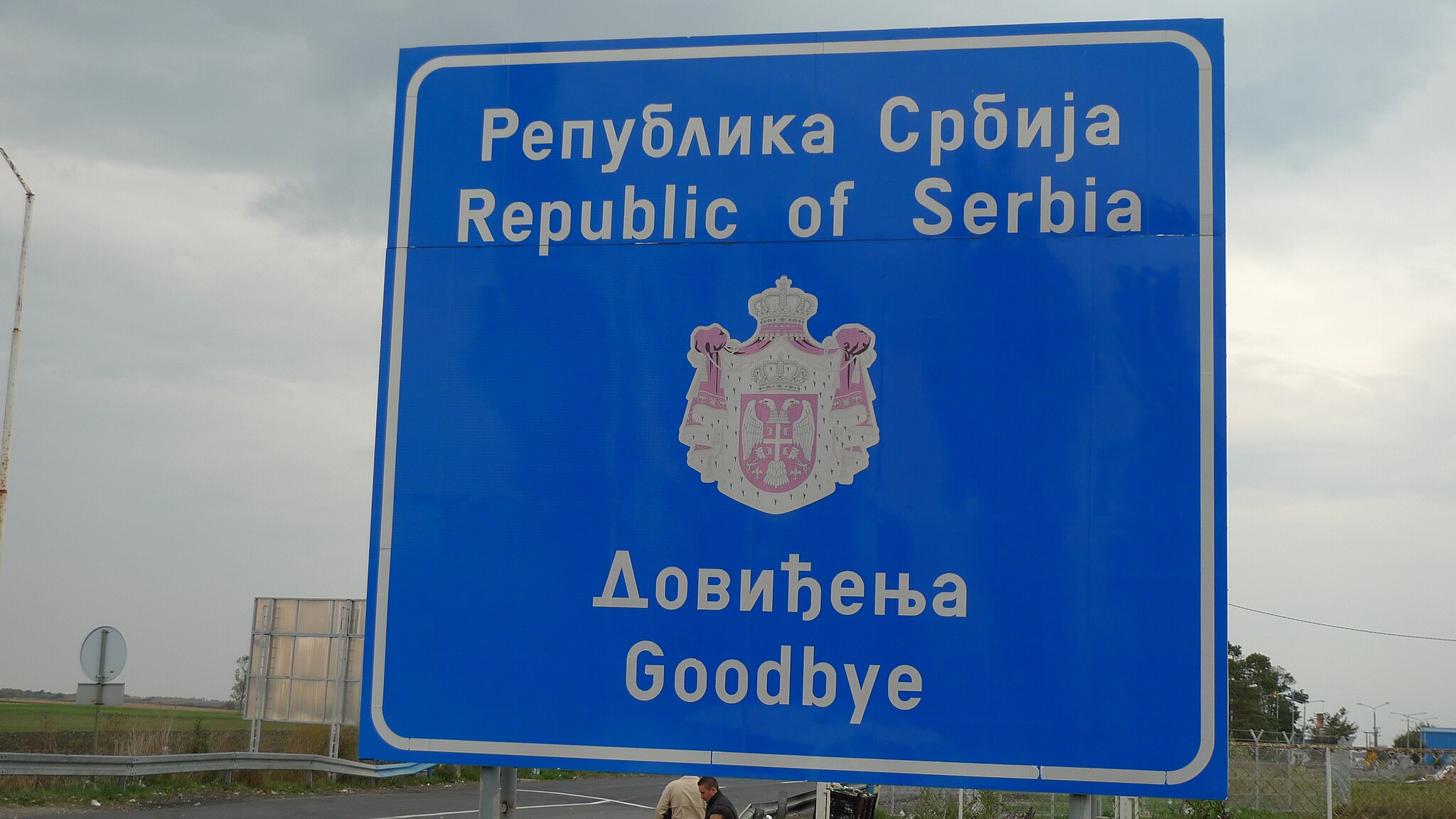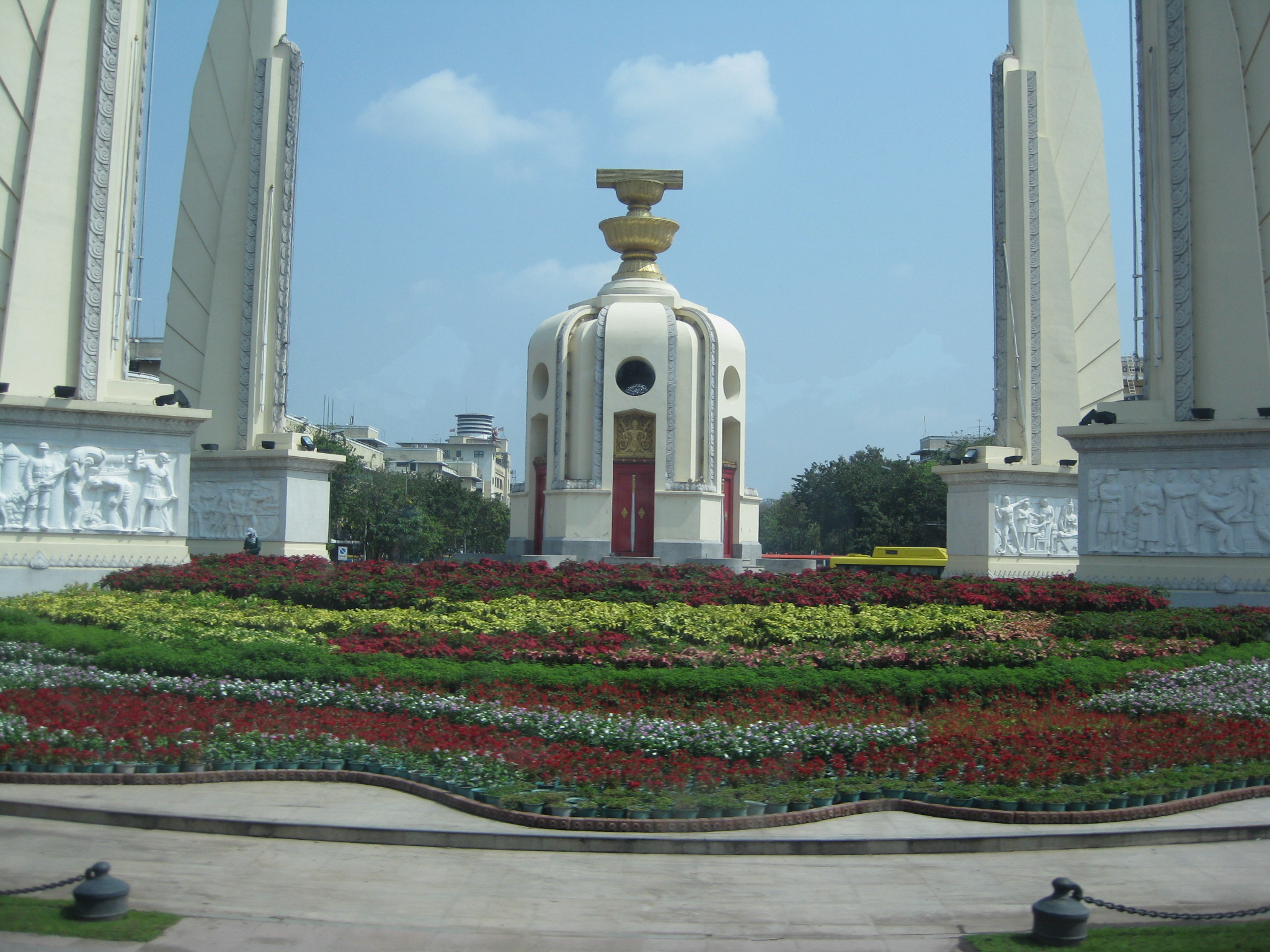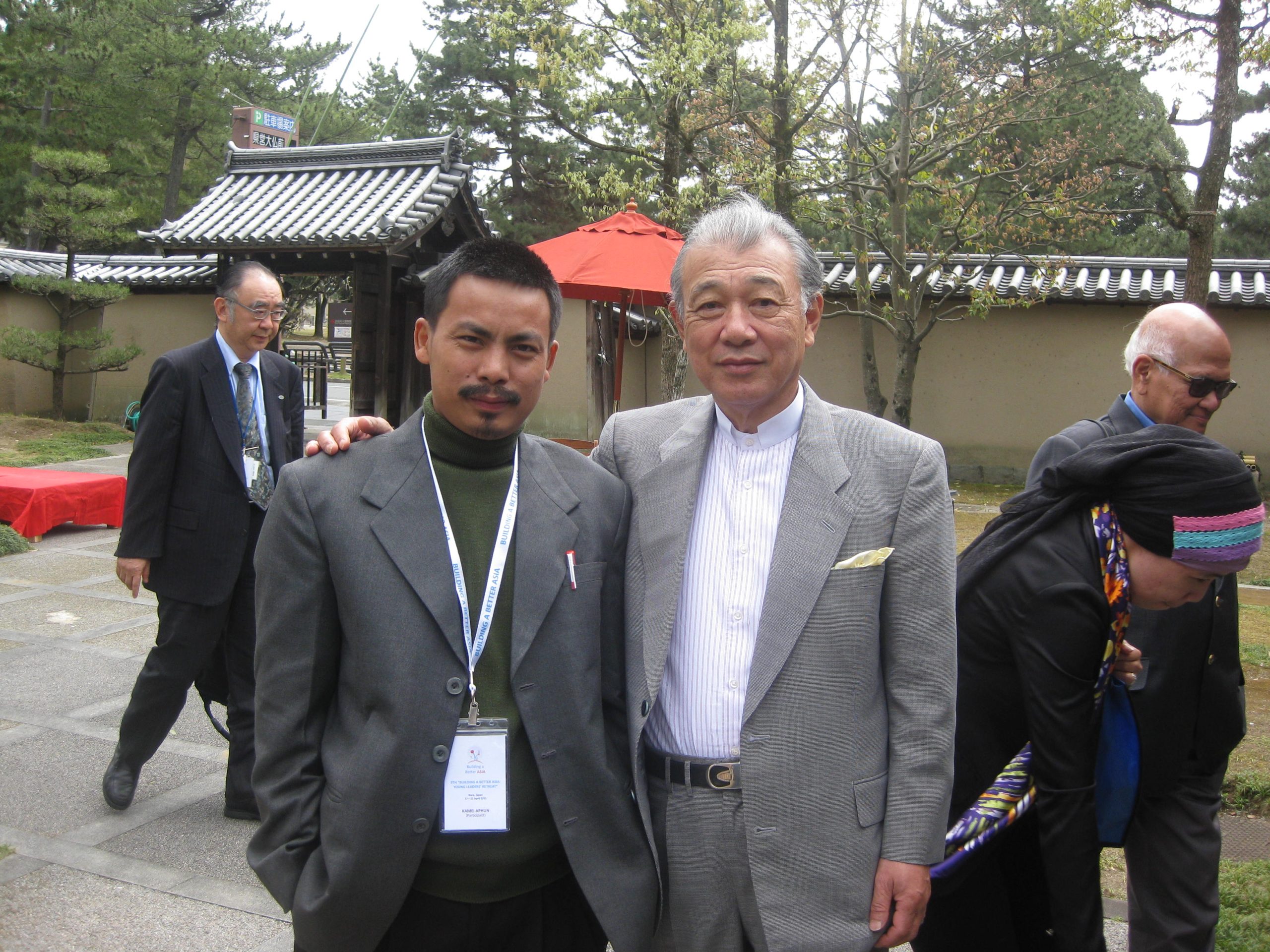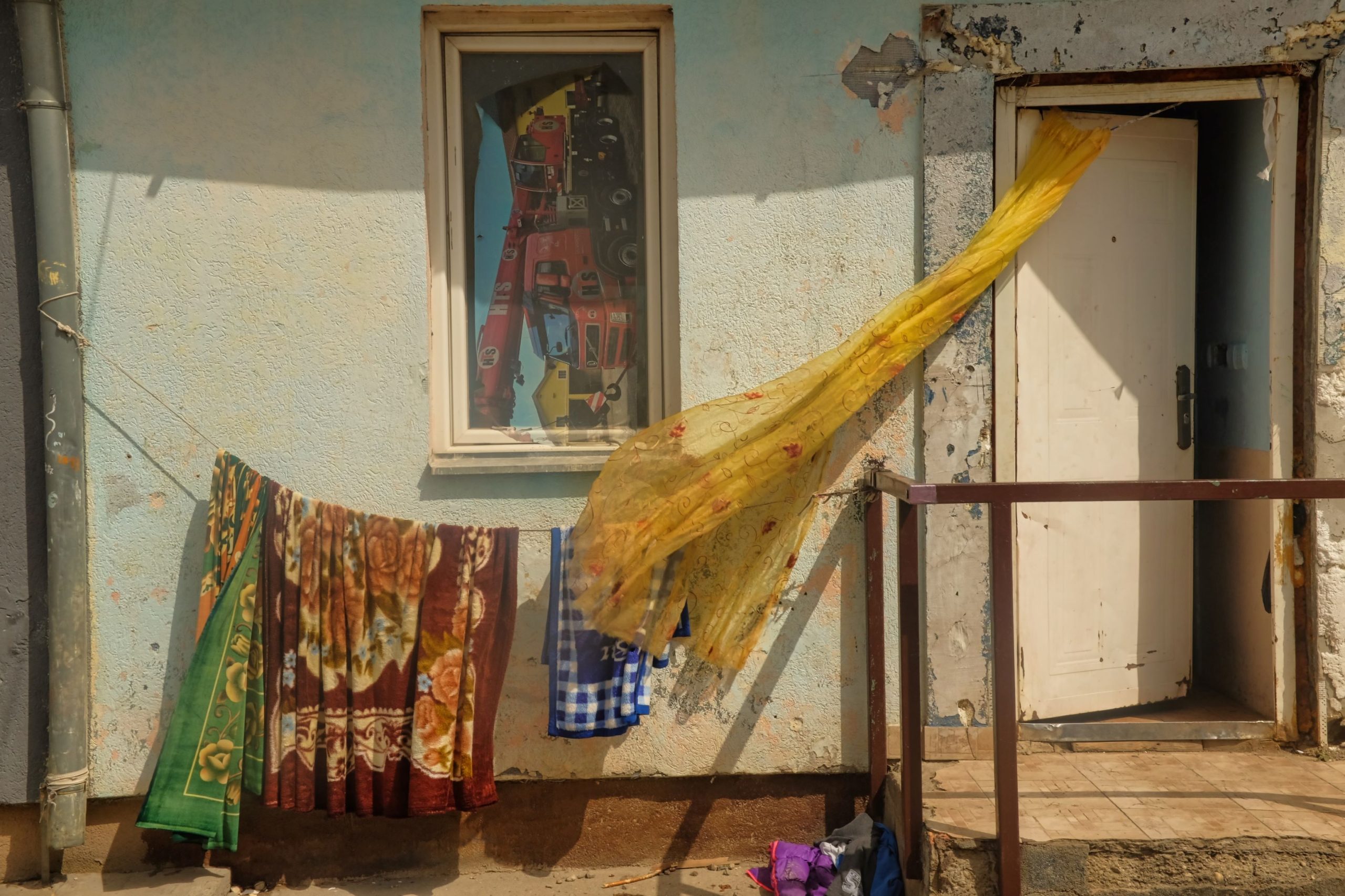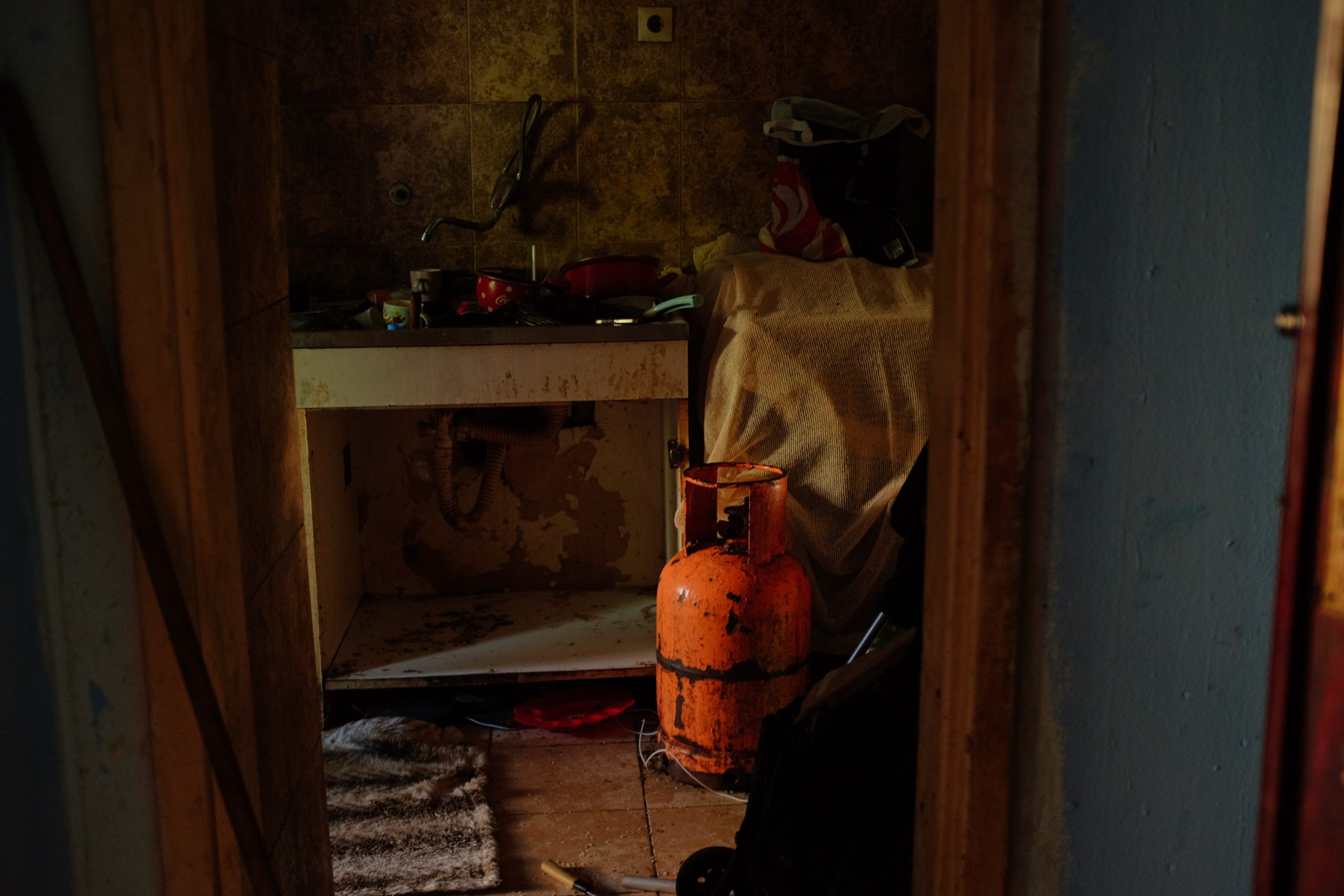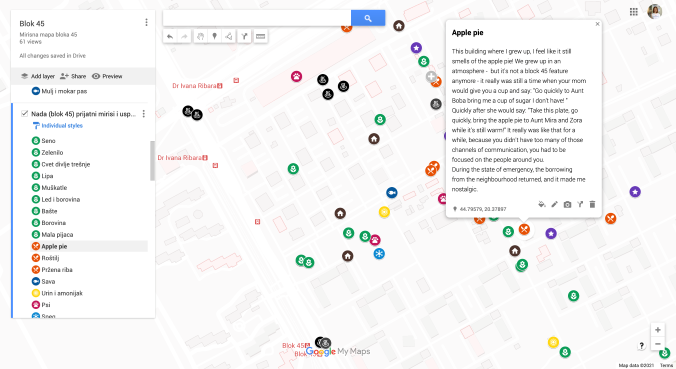The experiences of LGBTQ+ international students in Canada point to a complex web of challenges, writes Fatemeh Gharibi (York University, 2020), from discriminatory immigration and academic policies to revenue-motivated promises of inclusion, highlighting contradictions in the country’s equity, diversity, and inclusion rhetoric.
* * *
Over 7 million students in higher education globally hold international status, a number growing due to globalization and the evolution of the “knowledge economy” (Corkum 2017, 110; Trilokekar et al. 2020, 9). In response to rising anti-immigrant sentiments and political shifts to the right, Canada has introduced caps on international students, impacting both current and prospective students (IRCC 2024). These restrictions, alongside recent price surges and housing crises blamed on migrants, disproportionately affect international students, particularly those with temporary status in Canada (Hamilton & Su 2024). Marc Miller, Canada’s minister of immigration, announced in 2023 that international student caps would also affect students already in the country, impacting admission, work permits, and other vital aspects of their stay.
LGBTQ+ international students face additional challenges, influenced by changes in immigration policies and the social climate regarding LGBTQ+ rights, which affect their quality of life and access to resources. Anti-LGBTQ+ sentiment has also been rising in Canada, with legislation such as Bill 137 in Saskatchewan, which mandates parental consent for minors to use a different gender-related name or pronoun at school, sparking concerns for LGBTQ+ students who came to Canada for a more accepting environment (Marshall 2021; Corkum 2017). Research shows that anti-LGBTQ+ ideologies often intersect with other bigoted beliefs and far-right politics, impacting LGBTQ+ international students disproportionately (Dietzel et al. 2023).
As a queer, racialized international student, I find Canada’s Equity, Diversity, and Inclusion (EDI) rhetoric contradictory, given the exploitative nature of its immigration and education systems, which create precarities for marginalized groups. Economic-driven research on international students, often criticized as “reductionist,” fails to fully capture the lived experiences of these students (Tavares 2021a, 5). To address this gap, I conducted a systematic literature review of 100 sources from 2000 to 2024, exploring the experiences of LGBTQ+ international students and the intersection of university internationalization, EDI priorities, and their impacts on these students.
The review revealed that while migration offers LGBTQ+ students opportunities for self-exploration, it also exposes them to unique challenges, including discrimination based on intersecting identities like race, sexuality, status, and nationality. For these students, access to resources is limited compared to their domestic counterparts. The commercialization of education for international students, moreover, conflicts with EDI’s goals. EDI is often used as a marketing tool to portray Canada as inclusive while treating diversity as a commodity to attract students who are then exploited as revenue sources. This dual focus on profit and diversity branding highlights the contradictions in EDI policies in capitalist countries like Canada, which may appear inclusive but prioritize revenue generation over actual support for international students’ well-being.
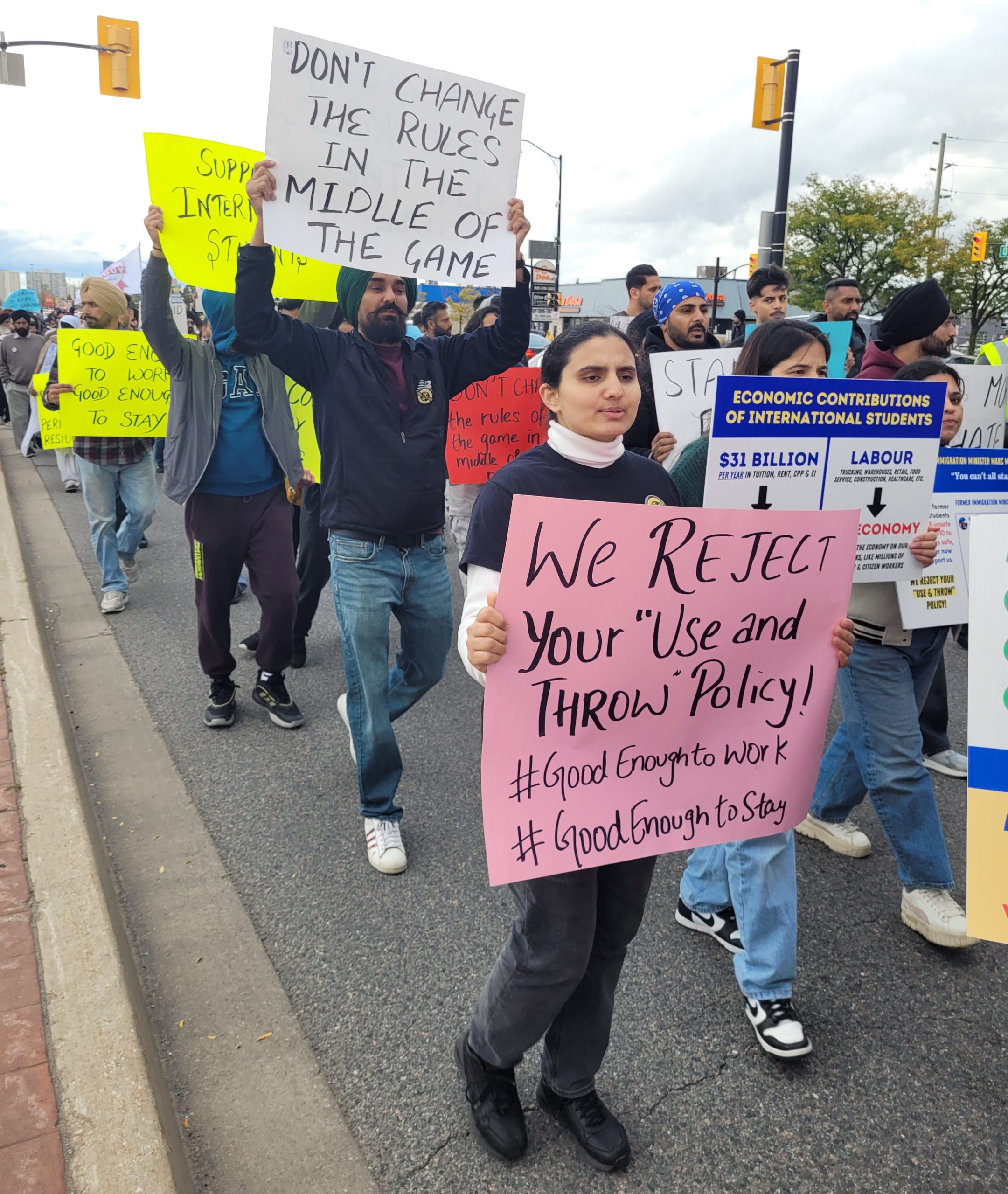
“We Reject Your ‘Use and Throw’ Policy.” Day 45 (October 13, 2024) of protests in Brampton, where former international students have been camping outdoors to draw attention to recent policy changes in Canada.
International LGBTQ+ Students’ Experiences
The term “international student” is often homogenizing, lumping together people from diverse backgrounds; my research centers on students from the Global South in Canada, highlighting voices lacking the privileges of white, Western counterparts. For LGBTQ+ international students, migration can be a space for identity exploration (Corkum 2017; Nguyen et al. 2017; Oba & Pope 2013), but these students also encounter challenges within Canada’s racial and colonial hierarchies, affecting them through discriminatory immigration and academic policies (Yao et al. 2019; Lee 2019; Stein & de Andreotti 2016). Two key literature areas address these students’ experiences.
The first area focuses on “identity development” and cultural challenges in “coming out,” exploring dual cultural influences of home and host countries, and the need for culturally sensitive support (Nguyen et al. 2017; Quach et al. 2013; Oba & Pope 2013). This literature notes the complexity of disclosure due to family, cultural beliefs, and the legal status of LGBTQ+ rights in home countries (Nguyen et al. 2017, 113–14). However, by centering on cultural differences, it sometimes neglects broader power structures, racial issues, and the historical spread of homophobia via colonization, as well as recent anti-LGBTQ+ backlashes in the Global North.
The second area explores how racism, nationalism, and colonialism impact queer migrant bodies and create precarious statuses (Marshall 2021; Corkum 2017; Lee 2019). Concepts like “homonationalism” in Canada reveal how some queer identities, especially white ones, are embraced by the state, reinforcing inequalities (Puar 2017; Marshall 2021). Corkum (2017, 124) specifically highlights the disillusionment faced by LGBTQ+ international students who confront values favoring their white, Canadian-born peers, which can hinder their belonging and relegate racialized queer students to marginal spaces. My present study aligns with a “holistic” approach (Tavares 2021a), focusing on lived experiences and challenging systemic barriers.
There remains a gap in research on how issues like gender and sexuality affect broader challenges like housing, employment, health, and social services access. The current literature on LGBTQ+ international students largely prioritizes identity while overlooking trans-specific experiences, disabilities, and relationship with land, with only brief mentions of nationality and status.
Implications of Internationalization and EDI
Internationalization is a high priority at 95% of Canadian universities (AUCC, cited in Stein & de Andreotti 2016, 230), driven by neoliberal economic shifts and global politics. De Wit et al. describe the four rationales for this trend as “political, economic, socio-cultural, and academic” (cited in Guo & Guo 2017, 853). Though academic internationalization ideally integrates international perspectives into education (Jane Knight, cited in Das Gupta & Gomez 2023, 73), it often becomes a “marketing strategy” aimed at revenue generation, with international students paying higher fees to make up for public funding cuts (Guo & Guo 2017, 851; Das Gupta & Gomez 2023; McCartney & Metcalfe 2018).
EDI strategies in Canada were introduced post-1970s as responses to civil rights movements and neoliberal immigration priorities, framed by multiculturalism and human rights (Das Gupta & Gomez 2023, 72). EDI policies help market Canadian education as inclusive, particularly to students of color from the Global South, positioning Canada as tolerant and benevolent. However, EDI can reinforce Western dominance by perpetuating a global hierarchy where the West is always positioned as superior (Stein & de Andreotti 2016, 226).
While EDI and internationalization are priorities for Canadian universities, their revenue-driven approaches often undermine true equity for international students, leading to contradictions in policies and practices (Buckner et al. 2022, 39; Tavares 2021b, 2). The focus on generating income through recruitment can overshadow equitable treatment and inclusion for these students. The following section will further explore international students’ experiences of EDI in educational settings.
EDI Strategies and International Students
Few studies have investigated EDI strategies concerning international students, with none of them specifically addressing gender and sexuality. These studies raise concerns about the effectiveness of EDI practices, particularly in the context of internationalization, due to the inherent contradiction between the two (Das Gupta & Gomez 2023; Buckner et al. 2022; Tavares 2021b). I seek to connect these findings to relevant experiences of international LGBTQ+ students.
Equity?
Tamtik and Guenter (2019) emphasize that Canadian universities largely overlook international students as an equity-seeking group, even though many are people of color and face unique barriers due to their temporary status. Buckner et al. (2022) argue that universities need to address the contradiction between market and equity logics, especially in relation to tuition disparities between international and domestic students. Das Gupta and Gomez (2023, 81) note that international students, particularly those with post-graduate work permits, often lack access to settlement and social services. This gap extends to international LGBTQ+ students, who encounter difficulties in accessing necessary medical and legal services related to gender transitioning and HIV prevention (OHTN n.d., 5).
Diversity?
Diversity is often promoted as a means of enriching knowledge and intercultural connections (Legusov & Jafar 2021, 57), yet Trilokekar and El Masri (2016, 674–76) reveal that the process of recruiting international students and their integration into Canadian society often reinforces conformity to Canadian norms around race, language, and religion, limiting the genuine mutual exchange intended. International students frequently find that their presence does not foster true intercultural connections, as curricula often lack international perspectives, and their experiences are undervalued (Tavares 2021b; Guo & Guo 2017). Ahmed (2012, 10–11) observes that “diversity” is frequently presented as an achievement even when there is no real institutional change. Moreover, while gender and sexual diversity are celebrated, Canadian universities often fail to address the unique needs of international LGBTQ+ students who prioritize privacy over visibility due to concerns like “diasporic surveillance” (Nguyen et al. 2017, 117–18; Corkum 2017, 114).
Inclusion?
Tavares (2021b, 1) finds that international students often experience superficial multiculturalism and social exclusion. LGBTQ+ international students face barriers both within the university and in queer communities, feeling isolated as “the international ones” in local LGBTQ+ groups and “the LGBTQ+ ones” among international students (Corkum 2017; Nguyen et al. 2017). Inclusion is problematic within a system that marginalizes certain groups, as Lenon and Dryden (2015, 16) argue, pointing out that “inclusion does not equate to justice.” They contend that inclusion efforts often uphold neoliberalism, white supremacy, and Western dominance, exacerbating the vulnerabilities of international LGBTQ+ students (Lenon & Dryden 2015; Thobani 2007).
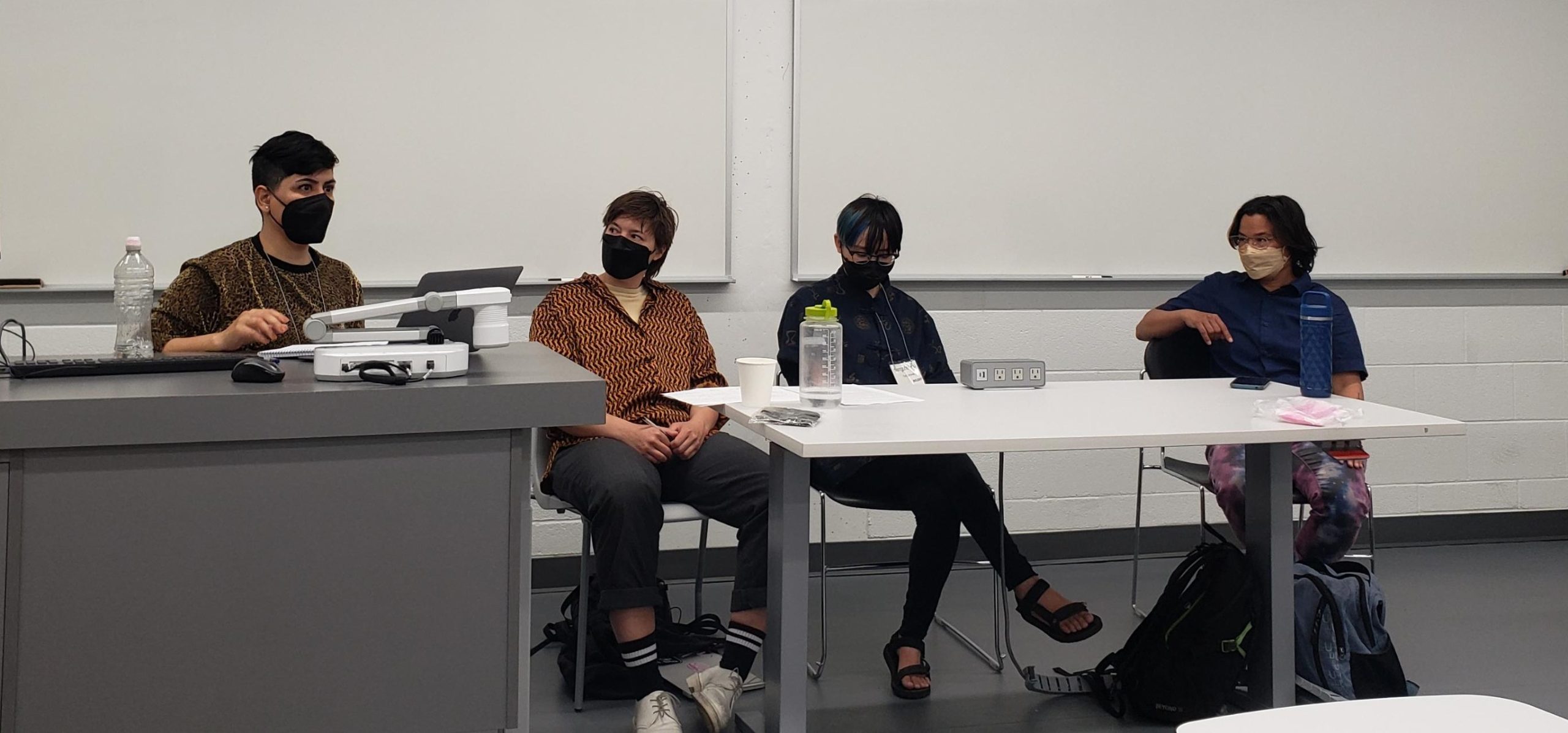
The author, left, presents research findings in a panel titled “From Failure to Refusal: Queerness, Migrancy, and Other Improper Subjects of Racial and Colonial Capitalism” at the Congress of Social Sciences and Humanities, Toronto, Canada, May, 2023. The other panelists are, from left, Rhiannon Cobb, Mengzhu Fu, and Jin Haritaworn.
Closing Remarks
The existing literature provides an intersectional analysis of international LGBTQ+ students’ experiences, but more nuanced frameworks are needed to understand issues concerning their identities. Dominant identity categorizations in Western academia, like queer of color, may not fully capture their social locations, as they come from different racial structures in their home countries and may not initially feel connected to either queer or people of color histories and concerns in the host country. To address these incompatibilities, researchers have attempted to incorporate queer diasporic critique, neo-racism frameworks, and transnational critical race theory frameworks (Corkum 2017; Lee & Rice 2007; Yao et al 2019).
The literature examining EDI and decolonization in the context of internationalization presents two main approaches: one advocates for reforms within existing frameworks, focusing on improving EDI fulfillment through enhanced student support (Buckner et al. 2022; Tavares 2021b), and integrating Indigenous knowledge to decolonize internationalization (Beck & Pidgeon 2022). Another perspective challenges the systems of oppression at local and global levels and questions the feasibility of achieving equity, diversity, inclusion, and decolonization for international students within the current framework (Das Gupta & Gomez 2023).
Incorporating critical frameworks in everyday encounters and work with international students can challenge the reproduction of deficit narratives and expectations for seamless assimilation into local sexuality norms. Instead of constantly attempting to educate international students about the host country’s norms, there is a need to teach domestic students, faculty, staff, and society about other countries. It is essential to learn from the diverse stories and knowledge of international students, how they envision classrooms, campuses, queer and trans spaces, immigration, and internationalization, and be prepared to start adjusting instead of expecting them to do all the work.
References
Ahmed, S. 2012. On Being Included: Racism and Diversity in Institutional Life. Duke University Press. https://ocul-yor.primo.exlibrisgroup.com/permalink/01OCUL_YOR/j50f41/cdi_proquest_miscellaneous_1082140471.
Beck, K. & Pidgeon, M. 2020. “Across the Divide: Critical Conversations on Decolonization, Indigenization, and Internationalization.” In Tamtik, M., Trilokekar, R. D., & Jones, G. A., eds., International Education as Public Policy in Canada, 384–406. McGill-Queen’s University Press. https://doi.org/10.2307/j.ctv18sqz9q.22.
Brunner, L. R. 2023. “Settler Nation-Building through Immigration as a Rationale for Higher Education: A Critical Discourse Analysis.” Higher Education Research & Development, 42(5), 1086–1102. https://doi.org/10.1080/07294360.2023.2193732.
Buckner, E., Chan, E., & Kim, C. 2022. “Equity, Diversity, and Inclusion on Canadian Universities: Where Do International Students Fit In?” Comparative and International Education, 51(1), 39–56. https://ojs.lib.uwo.ca/index.php/cie-eci/article/view/14613.
Corkum, T. 2017. “Where Do I Begin? Educational Citizenship and Sexual Minority International Students in Ontario.” In Carpenter, S. & Mojab, S., eds., Youth as/in Crisis: Young People, Public Policy, and the Politics of Learning, 109–25. Rotterdam: Sense Publishers. https://link.springer.com/chapter/10.1007/978-94-6351-098-1_8.
Das Gupta, T. & Gomez, B. 2023. “International Students and Equity, Diversity and Inclusivity (EDI) in Canadian Universities: A Critical Look.” In Kim, A., Buckner, E., & Montsion, J. M., eds., International Students from Asia in Canadian Universities, 72–85. Routledge. https://www.taylorfrancis.com/chapters/oa-edit/10.4324/b23160-7/international-students-equity-diversity-inclusivity-edi-canadian-universities-tania-das-gupta-bianca-gomez.
Dietzel, C., Maitland, H., & Jonsson, S. 2023. “Queerphobic Hate Is on the Rise, and LGBTQ+ Communities in Canada Need More Support.” The Conversation, October 24. http://theconversation.com/queerphobic-hate-is-on-the-rise-and-lgbtq-communities-in-canada-need-more-support-214932.
Guo, Y. & Guo, S. 2017. “Internationalization of Canadian Higher Education: Discrepancies between Policies and International Student Experiences.” Studies in Higher Education, 42(5), 851–868. https://doi.org/10.1080/03075079.2017.1293874.
Hamilton, L. & Su, Y. 2024. “International Students Cap Falsely Blames Them for Canada’s Housing and Health-Care Woes.” The Conversation, January 25. http://theconversation.com/international-students-cap-falsely-blames-them-for-canadas-housing-and-health-care-woes-221859.
Immigration, Refugees and Citizenship Canada (IRCC). 2024. “Canada to Stabilize Growth and Decrease Number of New International Student Permits Issued to Approximately 360,000 for 2024.” News Release, January 22. https://www.canada.ca/en/immigration-refugees-citizenship/news/2024/01/canada-to-stabilize-growth-and-decrease-number-of-new-international-student-permits-issued-to-approximately-360000-for-2024.html.
Lee, E. O. J. 2019. “Responses to Structural Violence: The Everyday Ways in Which Queer and Trans Migrants with Precarious Status Respond to and Resist the Canadian Immigration Regime.” International Journal of Child, Youth and Family Studies, 10(1), 70–94. https://doi.org/10.18357/ijcyfs101201918807.
Lee, J. J., & Rice, C. 2007. “Welcome to America? International Student Perceptions of Discrimination.” Higher Education, 53(3), 381–409. https://doi.org/10.1007/s10734-005-4508-3.
Legusov, O. & Jafar, H. F. 2021. “International Students at Canadian Community Colleges: Origins, Evolution, and Current Trends.” In Malveaux, G. & Bista, K., eds., International Students at US Community Colleges, 55–70. Routledge. https://www.taylorfrancis.com/chapters/edit/10.4324/9781003121978-5/international-students-canadian-community-colleges-oleg-legusov-hayfa-jafar?context=ubx&refId=3e351ea8-8115-4ad5-8588-cdf6b045bc7c.
Lenon, S. & Dryden, O. H. 2015. “Introduction: Interventions, Iterations, and Interrogations That Disturb the (Homo)Nation.” In Dryden, O. H. & Lenon, S., eds., Disrupting Queer Inclusion: Canadian Homonationalisms and the Politics of Belonging, 3–18. UBC Press.
Marshall, N. 2021. “Queering CYC Praxis: What I Learned from LGBTQI+ Newcomer, Refugee, and Immigrant Students’ Experiences in Canada.” International Journal of Child, Youth and Family Studies, 12(3–4), 170–202. https://doi.org/10.18357/ijcyfs123-4202120344.
McCartney, D. M. & Metcalfe, A. S. 2018. “Corporatization of Higher Education through Internationalization: The Emergence of Pathway Colleges in Canada.” Tertiary Education and Management 24 (3): 206–20. https://doi.org/10.1080/13583883.2018.1439997.
Nguyen, H. N., Agrawal, A., & Grafsky, E. L. 2017. “International LGBTQ Students across Borders and within the University. In Johnson, J. M. & Javier, G., eds., Queer People of Color in Higher Education, 109–22. Information Age Publishing, Inc. https://ocul-yor.primo.exlibrisgroup.com/permalink/01OCUL_YOR/26r5oc/alma991036306548005164.
Oba, Y. & Pope, M. 2013. “Counseling and Advocacy with LGBT International Students.” Journal of LGBT Issues in Counseling, 7(2), 185–93. https://doi.org/10.1080/15538605.2013.785468.
Ontario Network for HIV Treatment (OHTN). n.d. Connection and Acceptance: A Resource Guide for Providers Serving International LGBTQ+ Students. https://hqtoronto.ca/wp-content/uploads/OHTN-International-Student-Provider-Resource.pdf.
Puar, J. K. 2017. Terrorist Assemblages: Homonationalism in Queer Times (Tenth Anniversary Expanded Edition). Duke University Press. https://ocul-yor.primo.exlibrisgroup.com/permalink/01OCUL_YOR/j50f41/cdi_askewsholts_vlebooks_9780822371755.
Stein, S. & de Andreotti, V. O. 2016. “Cash, Competition, or Charity: International Students and the Global Imaginary. Higher Education, 72 (2), 225–39. https://link.springer.com/article/10.1007/s10734-015-9949-8.
Tamtik, M. & Guenter, M. 2019. “Policy Analysis of Equity, Diversity and Inclusion Strategies in Canadian Universities: How Far Have We Come?” Canadian Journal of Higher Education / Revue canadienne d’enseignement supérieur, 49(3), 41–56. https://doi.org/10.7202/1066634ar.
Tavares, V. 2021a. International Students in Higher Education: Language, Identity, and Experience from a Holistic Perspective. Rowman & Littlefield. https://rowman.com/ISBN/9781793641113/International-Students-in-Higher-Education-Language-Identity-and-Experience-from-a-Holistic-Perspective.
Tavares, V. 2021b. “Feeling Excluded: International Students Experience Equity, Diversity, and Inclusion.” International Journal of Inclusive Education, 28(8), 1551–68. https://doi.org/10.1080/13603116.2021.2008536.
Thobani, S. 2007. Exalted Subjects: Studies in the Making of Race and Nation in Canada. University of Toronto Press. https://ocul-yor.primo.exlibrisgroup.com/permalink/01OCUL_YOR/j50f41/cdi_askewsholts_vlebooks_9781442691520.
Trilokekar, R. D., Jones, G.A., & Tamtik, M. 2020. “Introduction: The Emergence of International Education as Public Policy.” In Tamtik, M., Trilokekar, R. D., & Jones, G.A., eds., International Education as Public Policy in Canada, 3–26. McGill-Queen’s University Press. https://doi.org/10.2307/j.ctv18sqz9q.5.
Trilokekar, R. D. & El Masri, A. 2016. “The ‘[H]unt for New Canadians Begins in the Classroom’: The Construction and Contradictions of Canadian Policy Discourse on International Education. Globalisation, Societies and Education, 15(5), 666–78. https://doi.org/10.1080/14767724.2016.1222897.
Tuck, E. & Yang, K. W. 2012. “Decolonization Is Not a Metaphor.” Decolonization: Indigeneity, Education & Society, 1(1), 1–40. https://clas.osu.edu/sites/clas.osu.edu/files/Tuck%20and%20Yang%202012%20Decolonization%20is%20not%20a%20metaphor.pdf.
Quach, A. S., Todd, M. E., Hepp, B. W., & Doneker Mancini, K. L. 2013. “Conceptualizing Sexual Identity Development: Implications for GLB Chinese International Students.” Journal of GLBT Family Studies, 9(3), 254–72. https://doi.org/10.1080/1550428X.2013.781908.
Yao, C. W., Mwangi, C. A. G., & Brown, V. K. M. 2019. “Exploring the Intersection of Transnationalism and Critical Race Theory: A Critical Race Analysis of International Student Experiences in the United States.” Race Ethnicity and Education, 22(1), 38–58. https://doi.org/10.1080/13613324.2018.1497968
